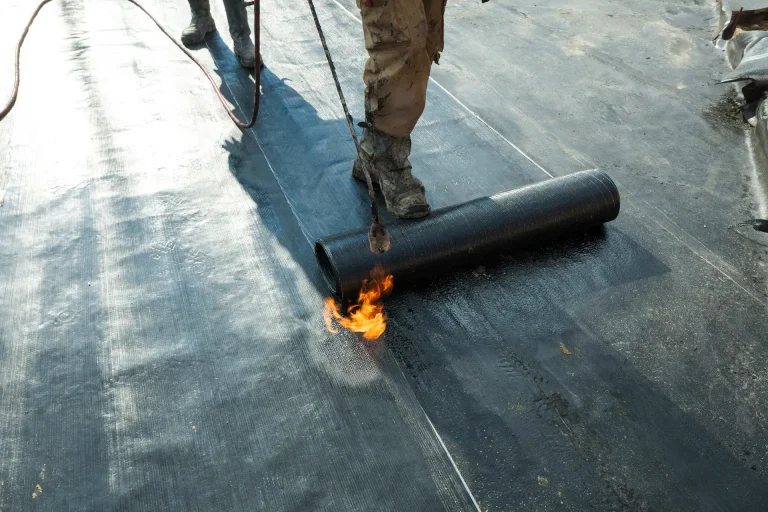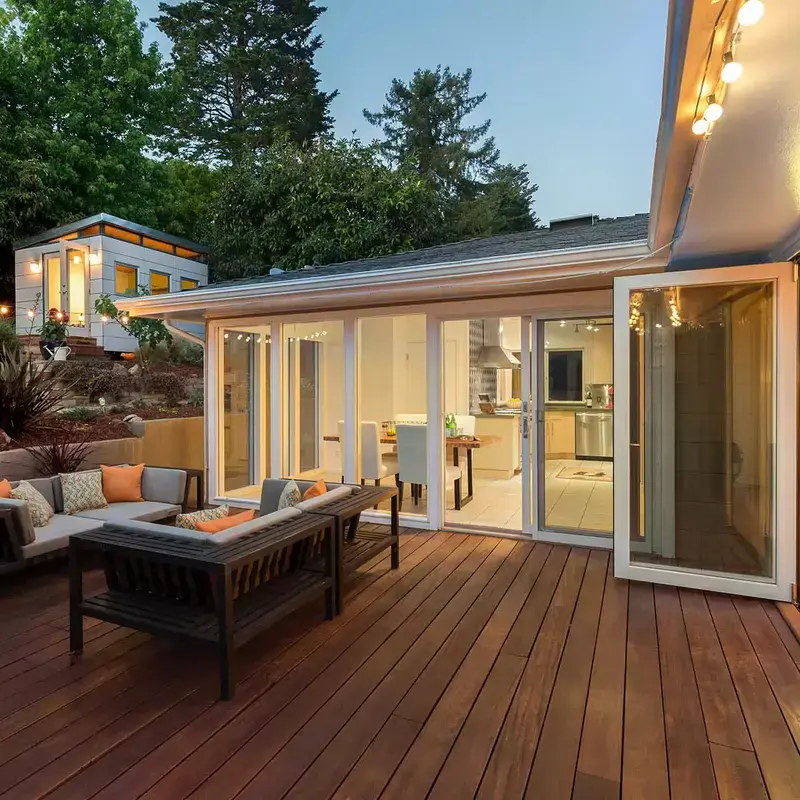Understanding Rubber and TPO Roofing Systems
Rubber roofing, particularly TPO (Thermoplastic Polyolefin) membranes, represents one of the most advanced commercial roofing solutions available today. At Pinkman Roofing, we specialize in installing these single-ply membrane systems that have revolutionized flat and low-slope roofing applications across Worcester, Shrewsbury, Holden, Auburn, Millbury, Leicester, & West Boylston, MA. TPO combines the weatherability of EPDM rubber with the heat-weldable seams of PVC, creating a roofing material that delivers exceptional performance in both residential and commercial applications. The chemical composition of TPO includes a blend of polypropylene and ethylene-propylene rubber, reinforced with polyester or fiberglass scrim for added dimensional stability. This unique formulation results in a membrane that resists tears, punctures, and impacts while maintaining flexibility across extreme temperature ranges. Our roofing installation team understands the nuances of working with these materials, ensuring proper adhesion and seam welding that maximizes the system’s inherent advantages.
Installation Process and Technical Specifications
Installing TPO roofing requires precision and expertise that comes from our over 20 years of hands-on experience. The process begins with a thorough inspection of your existing roof deck to identify any structural issues or moisture problems that need addressing before the rubber roofing installation. We prepare the substrate by ensuring it’s clean, dry, and smooth, installing insulation boards when necessary to improve energy efficiency and create the proper slope for drainage. The TPO membrane itself typically comes in 45-mil, 60-mil, or 80-mil thicknesses, with wider sheets available up to 12 feet to minimize seams. We mechanically attach or fully adhere the membrane depending on your building’s specific requirements and local wind uplift calculations. The critical difference between TPO and traditional rubber roofing lies in the heat-welded seams, which create a monolithic surface that’s significantly stronger than adhesive-based seam connections. Using specialized hot-air welding equipment, we create seams that are actually stronger than the membrane itself, with typical seam strengths exceeding 95 pounds per inch.
Energy Efficiency and Environmental Benefits
TPO roofing systems excel in reflecting solar radiation, with white TPO membranes reflecting up to 87% of the sun’s rays. This high reflectivity translates directly into reduced cooling costs during summer months, with building owners typically seeing energy savings between 15% and 30% on their air conditioning expenses. The membrane’s smooth surface also resists dirt accumulation, maintaining its reflective properties longer than traditional roofing materials. Beyond immediate energy savings, TPO roofing contributes to reducing urban heat island effects in densely populated areas throughout Worcester, MA and surrounding areas. The material itself is 100% recyclable at the end of its service life, and manufacturing processes have evolved to eliminate chlorine and other halogenated compounds. When we complete your TPO roof replacement, you’re not just protecting your building; you’re making an environmentally responsible choice that aligns with modern sustainability standards.
Durability and Performance Advantages
- Chemical Resistance: TPO membranes resist degradation from oils, greases, and many industrial chemicals
- Flexibility: Maintains pliability in temperatures ranging from -40°F to 300°F
- Wind Uplift Resistance: Properly installed systems withstand winds exceeding 150 mph
- Puncture Resistance: Three times more resistant to punctures than traditional EPDM rubber
- UV Stability: Contains specialized UV inhibitors that prevent premature aging
The molecular structure of TPO provides inherent resistance to biological growth, preventing algae, fungi, and bacteria from compromising the membrane’s integrity. This characteristic proves particularly valuable in humid climates where moisture-related degradation typically shortens roof lifespans.


